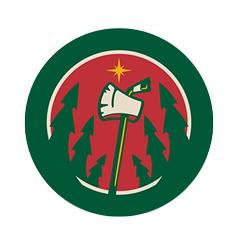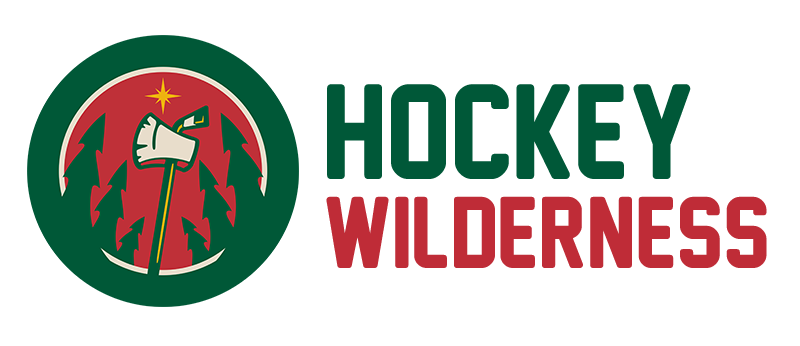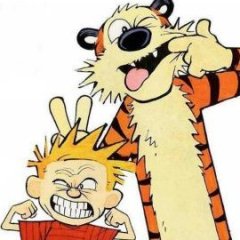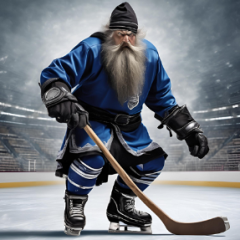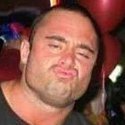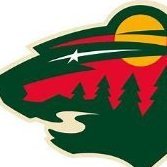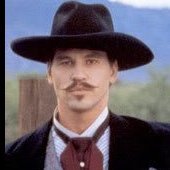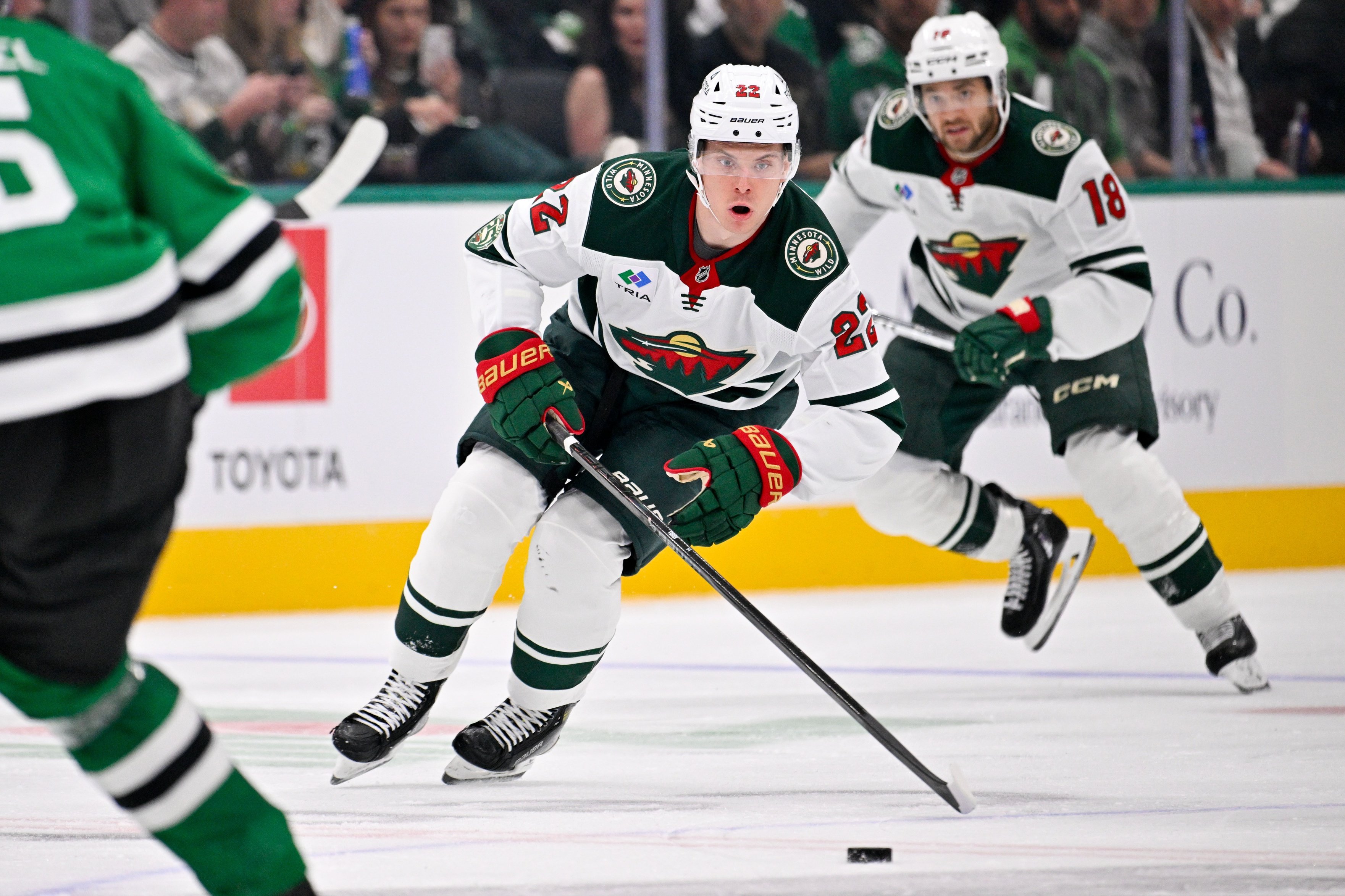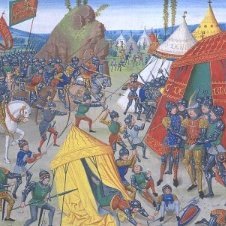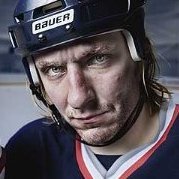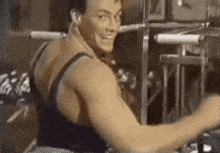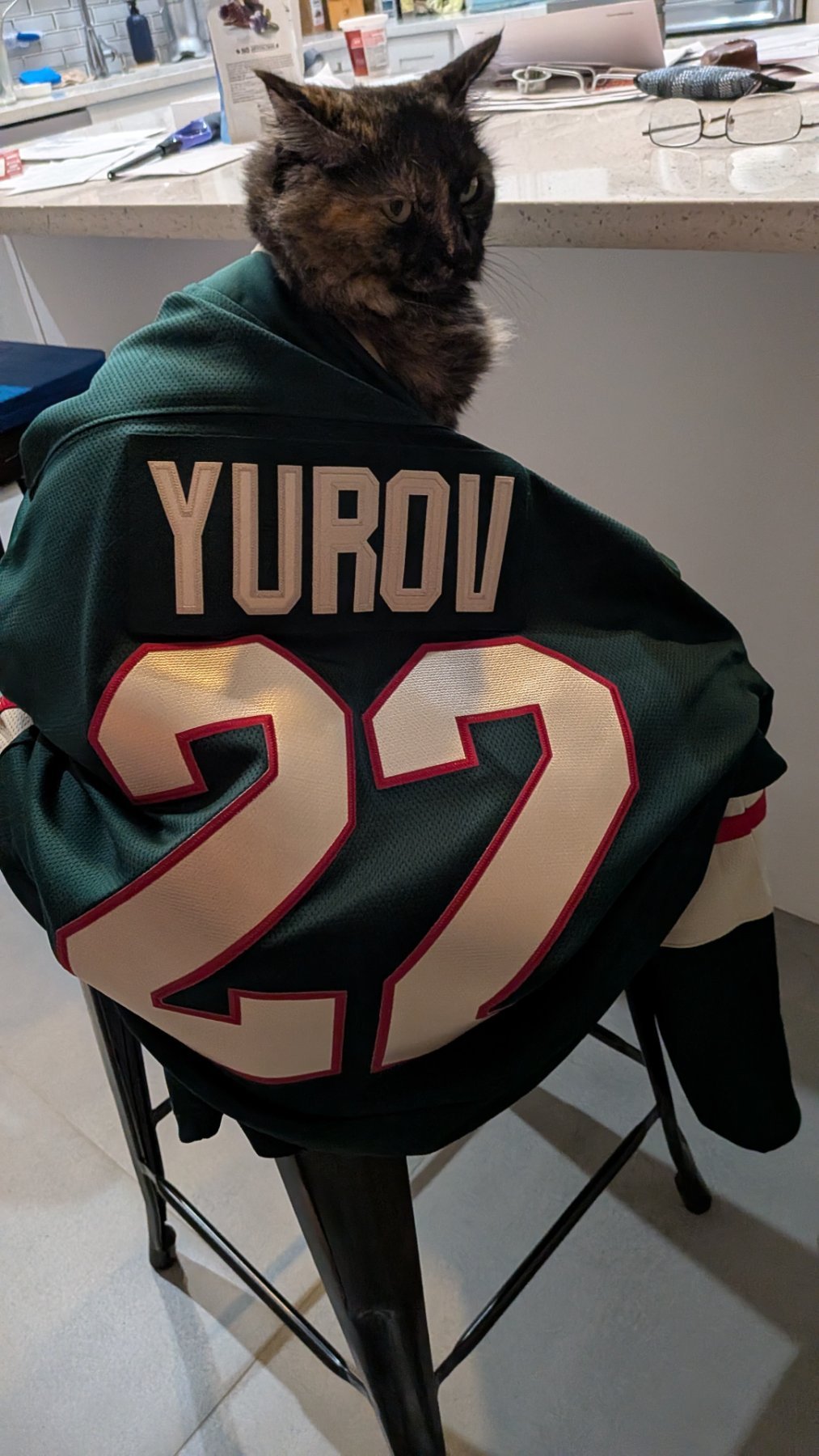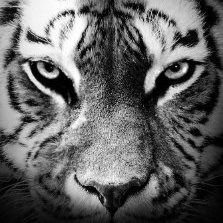Leaderboard
Popular Content
Showing content with the highest reputation since 11/18/2025 in all areas
-
Since the the Wild came in to the league theve had 1 -3rd overall pick in the top 3 no 1sts no 2nds the Blackhawks have had 7 picks 3rd overall or higher ..11 points
-
Agree. I call this hockey sense and the kid seems to have it. Seems like his motor is good too. And he didn’t grip the stick all night worrying about failure. Kid passed his first big test!!9 points
-
Looking like Yurov will be getting those 1st line minutes some folks have been clamoring for. Hope he seizes the opportunity.9 points
-
Shhhh! We don't want others to think we're hot. One thing that is hot is our goalies, though. I did want to point out one insignificant play last night that showed us something. Coming down the slot was Adam Lowry, the guy who fought Foligno last night. However, Danila Yurov had his stick under Lowry's and simply would not let Lowry get loose for a rebound chance. Not only was Yurov in the right position, but he did something many other Wild players don't do, he tied up Lowry's stick so it could not hit the ice. This kid has underrated strength that I think we need to acknowledge, and this is why he will not be sent down to Iowa if his offense isn't there. And speaking of his offense, it's starting to come. He scored while centering the top line, but had just changed and still had Trenin and Foligno on the wings. He's starting to get more ice time, and the improvement in his game is climbing a little faster.8 points
-
They weren't incredibly crafty passes, but Yurov being in the right place and using his stick to move the puck to teammates got him 2 assists in his first game on the top line. Kaprizov and Zuccarello make it much easier to get some points, but Yurov continues to do the right things as well. Also, I knew the Wild were missing Zuccarello quite a bit, but I wasn't expecting a 7-game points streak(in the standings) where they'd earn 13 points immediately upon his return. That's fun hockey! Wild are now 10th in points% in the West, but tied with the 4th place team in points, right on the cusp of playoff position. It was just the first 9 games that were really bad for the Wild. Since then, they have earned points at a top 5 pace(.708), and in November, it's been at the 2nd best pace(.833). If they continue earning at least 60% of available points along the way, that should get them back to playoff hockey by the end of the year.8 points
-
I think it's important to mention we are also missing Sturm. This team might actually be solid up the middle in depth as we are missing two or three of our starting centers. We very well could have four centers who are capable of playing the 1C spot (Yurov still has more to prove, but looked capable last night). With depth comes options for Hynes. If Trenin and BJ can hold strong at 3C and 4C, I think we can survive until the calvary returns. Oh yeah, solid goaltending is a must.7 points
-
The Oilers had a lot of top 10 draft picks and even top 5 picks that ended up being draft busts. Year after year they had High picks and flopped. They got lucky with McDavid and Draisaitl. The Sabres also have a lot of experience with drafting high and going nowhere. Assuming the Wild owner was willing to go the rebuild route, would you trust the Wild front office to draft and develope that #1 pick?7 points
-
In the age of analytics, player tracking, and data overload, sometimes the good, old-fashioned eye test gets overlooked as fans and media scrutinize players. There’s a reason for that, of course. History has proven that the eye test alone isn’t sufficient for overcoming biased perceptions or imperfect observations that can cloud analyses and lead to poor decision-making. However, there are times when you see a player, and you just know. That’s been the case with rookie Danila Yurov during his rookie season in Minnesota. Beginning with the Tom Kurvers prospect showcase, then in training camp and preseason, and on through the first 15 games of his NHL career, the 21-year-old from Chelyabinsk, Russia, has looked the part of an NHL player. His game at the Kurvers showcase was representative of a player still finding his stride. Still, even then, he clearly was a step above most of the prospects there. It was the first glimpse of the skating, puck pursuit, and remarkably mature two-way game that reflected a player who arrived in North America as a pro-ready prospect. Yurov carried that momentum into training camp, where he steadily progressed as the preseason went on, getting better with each game as he adapted to the smaller ice and faster pace. He displayed skating and hockey sense and diligent two-way play throughout camp. It was clear he was ready to be a valuable contributor and produce quality shifts regularly. Yurov’s game hasn’t been flashy, but it’s been steady. He’s in the right places. He stays above the puck, takes smart angles to win puck races, isn’t afraid to go to the net, and covers a lot of ice with his efficient skating. He just keeps getting better, little by little, and it’s been noticeable. John Hynes and the Wild coaching staff have clearly seen it too, deploying Yurov primarily at center after he began the season at wing. In the team’s most recent game, a 3-2 overtime win over the first-place Vegas Golden Knights team, Yurov played a season high 13:09, including nearly four minutes on the top line with Kirill Kaprizov and Mats Zuccarello after Ryan Hartman left with an injury. After the recent news that Hartman is week-to-week with a lower-body injury, and with Marco Rossi still on the shelf, The Athletic’s Michael Russo has reported that Yurov is going to get another shot with the Wild’s dynamic duo against the Carolina Hurricanes on Wednesday. Playing on the top line against the Hurricanes will be Yurov’s stiffest test yet. They have looked like a buzzsaw this season, overwhelming opponents with their depth, aggressive defending, and relentless forechecking. The Wild experienced this first-hand less than two weeks ago, when Carolina thoroughly outplayed them for long stretches during a 4-3 defeat. Yurov was a healthy scratch for the third consecutive game that night in Carolina. It’s not a coincidence that he's been in the lineup every night since. His skating and intelligence would have been an asset. The Wild first activated him the next night against the New York Islanders and made an immediate impact with a first-period goal. Yurov makes small but noticeable contributions almost every shift, and he’s starting to pass more than just the eye test. According to Natural Stat Trick, he has produced an expected goal percentage of 55% or higher in five of his past seven games, and the Wild have outscored their opponents 2-0 during his minutes over that time. Minnesota has also broken even with high-danger scoring chances during his minutes over that stretch. He produces these numbers with intelligent positioning, a surprisingly strong stick that can win puck battles or maintain possession under pressure, and excellent skating. On Yakov Trenin’s first goal of the season against Vegas on Sunday, Yurov made two key plays that led to the goal. The first was out-leveraging Ivan Barbeshev for a loose puck after the Wild entered the offensive zone, and the second was another won stick battle in which he beat Ben Hutton to a loose puck down low and poked it free to Trenin. He did that after he made the correct read to get to the corner and capitalize on a loose puck created by Marcus Foligno. Yurov earned his first career assist on this play, and the way he did it is indicative of how he’s been able to turn in a quietly impressive rookie campaign. Smart reads, timely positioning, and a good stick go a long way in the NHL, where victories often hinge on repeatedly winning the small moments. He’s still a young player who will have some rough nights here and there, and there’s a lot of hockey left to be played this season. Still, there’s no question that Yurov is becoming a valuable contributor to Minnesota’s lineup. Wild fans have long wondered exactly what type of player he’d be once he finally arrived, and they haven’t been disappointed. Because when it comes to this rookie, seeing is believing.7 points
-
That was me. I am psyched about Yurov. He looks like Selke material. It's just rare for us to have a rookie hit the ground running and Yurov is doing exactly that. I like his game... it's disciplined and he has great instincts for puck control in the Ozone. He shows little flashes of skill and is confident but still reserved. I think there is a lot more in the tank with Yurov. I don't know if he will mesh well with KK and Zucc. It will be interesting to watch tonight. I thought he was great with Folino and Trenin. I'm also psyched about Zeev. Makar comparisons with Zeev are as outrageous as Barkov comparisons with Yurov I guess so call me guilty. Zeev's game is evolving game by game. He has toned it down (maybe too much) and is playing more balanced. His D game is also getting better. I really like him on PP1 and maybe work him into OT slowly. His decisions on the blue line are starting to look less frantic and loose game by game. He is engaging in the O zone at times and blowing me away with his talent, but hasn't developed the vision yet to be that playmaker. These two rookies are worthy of getting psyched about. Wally too. I won't let MN PTSD fandom bring me down.7 points
-
Most important: Foligno and Trenin are just wrecking faces. A lot of the Wild's success and energy last night was in no small part to laying into Vegas hard. This team will probably never be a track meet team. If the first part of the season is any indication, they shouldn't try. It led to them stumbling really hard. Hynes talked about "identity" a lot. Punching one of the highest scoring teams in the mouth and keeping the last 4-5 opponents to 2 goals or less is what Wild games are. Hunt for Jiricek also made a huge difference. One day, Jiricek may be better, but results never lie: Hunt is a better fit.7 points
-
Not to take anything away from the goalies as they deserve all the praise they are getting, but I really like how our defense has changed since the beginning of the season. We are no longer turning the puck over in our defensive zone. Single attackers have not muscled us off the puck in our own zone in several games. We have not allowed more than a few high-danger chances per game in this winning stretch. Makes the goalies job much easier. If we can keep this up, it should be an interested remainder of the season.6 points
-
Zeev doesn't look as comfortable with Bogo as he did with Hunt. That isn't a knock on Bogo either. I thought he played pretty well.6 points
-
Both goalies have played some great hockey in November. The Wall seems to be seeing the puck through people right now. Amazing play. A shout out to the team D-zone structure as well. The whole team seems to have bought into a style that limits high danger chances even when prolonged time in our own zone. The Jets owned us in the first period but only got a couple high danger chances because of the structure. We are doing something right that is frustrating opposing teams.6 points
-
6 points
-
Goalie voodoo, good defense, and timely puck luck (two stick lunges and a crossbar) are in the Wild's favor right now. They win not by overpowering opponents, but screwing with the opponent "just enough" to get the right goals when you least expect them. Winnipeg "deserved" to win, until they didn't't funny how games work.6 points
-
I don't know about you guys, but I think November has been a lot of fun and I try not to think about October.6 points
-
Now after 100 stories about Rossi trades we start over again and do the same with Yurov ? This team does have a shortage of centers so what exactly is the point ?6 points
-
So far after 20 games, this has been a tale of two 10 game seasons. Penalty kill: First ten games: 14/23, 60.9%, 31st, Last ten games: 19/23, 82.6%, 13th +/-: First ten games: 28-39, -11 Last ten games: 28-22, +6, tied for 8th Points: First ten games: 8 points, 29th Last ten games: 14 points, tied for 5th Guess it depends how you look at it, but I tend to think we are closer to the team of the last ten games than the first ten games. Not sure if we can match the .7% points percentage for the rest of the season that we have the last ten games, (that would have us finish with 109 points), but somewhere between .62%-.65% would give us between 99-103 points at the end of the year.6 points
-
Hunt has really stabilized the D pairings and seems to work well with Buium. Spurgeon and Mids are back to being comfortable. I would not say that Brodin is back to being Brodin. But even a lesser version of himself is still an adequate top 4 player. Faber has looked good. Box outs and goal side play by all 5 players on the ice is working. I'm not seeing the shots coming from the slot anymore. I would still get Jiricek on the ice. He is a part of that future core. As well as Hunt is playing I don't think he comes out of the lineup either. Perhaps a 50/50 game split between Mids/Jiricek would be the way to go. No wag BG does this though. We are getting points. He won't change it while that is happening.6 points
-
5 points
-
Loving the play! Kap shows why he got more than Connor Wally has to be getting into a Calder talk5 points
-
5 points
-
5 points
-
Just catching up. Might have been our best period of hockey all year. Not don’t let up.5 points
-
5 points
-
I don't know about everyone else, but I really like The Wall's celebrations after a win. Each one means something to him. That kind of attitude is infectious and something we've been looking for. Put another way, you do not see these celebrations on country club greens! The kids are supposed to have enthusiasm. That brings life to the locker room and energy to the vets. I think we need a little more of that from all our kids.5 points
-
5 points
-
Don't look now... but the Wild are in a Wild card spot. Great November!5 points
-
No reason to rag on Yurov, I think he will develop into a good NHL player. Still makes ya wish the Wild would get a top pick when you see Celebrini and Bedard piling up hat-tricks at the NHL level while being twenty years old. Hopefully as Yurov gains confidence he can add more production. The Wild need all the help they can get to escape their early season struggles. It's one thing when Edmonton starts slow every year. For MN, with their best guys being a Fentonism and a Fletcher-Flyer from the fifth round, it's easy to be left wondering about the Wild and whether they'll ever win a number one selection when a Barkov, Stamkos, Celebrini, McKenna type player could go to them.5 points
-
Trading Yurov for any of those players would be ridiculous unless the Wild would be getting high picks in return. He could have Robert Thomas value, so if you aren't getting a player in their prime or near it, who can deliver at that level, then you simply don't trade him.5 points
-
Russo said the most likely trades that would happen would be Hartman, Spurgeon, or Brodin first. Ohgren would probably go before Yurov does. I think the article is needlessly stirring up controversy. Rossi and Yurov aren't going anywhere. If they were, they would have been traded by now.5 points
-
I hope it isn't the cause of KK97 not playing up to snuff. It is going to be a burden I think to be paid so much more than similar players. (Kempe isn't really comparable) I wish players wouldn't trust their agents like they do. Both Rossi and KK97 got bad advice this off season. KK97 had all the leverage and Rossi had none but the bigger picture isn't always the amount of money.5 points
-
4 points
-
BOLDS X 2 Nice feed KK97. So happy Bolds has gotten to this point where he's in the dirty areas. Wasn't the case early in his career. Legit stud.4 points
-
Sometimes I question KK97's blind passes....but then I remember sometimes they're a thing of beauty.4 points
-
4 points
-
4 points
-
4 points
-
4 points
-
4 points
-
4 points
-
The title asks if The Wall can win the Calder. This sums it up: Wrong Trophy Right now, I would put Buium ahead of The Wall for our Calder representation. Luke is absolutely right when he talks about games. Hynes has been using him as a true backup, and just lately, he's begun to trust him. I'd love a 47-30 split in games started and think that's good balance to have 2 goalies fresh for playoff play should we get that far. But, we also need to look at this team. Should Rossi (who I've heard has a broken foot) stay out for a long stretch, and Yurov takes off in the top line center role, his point total could put him in the conversation. On defense, we've got Buium who has looked really good, and put up some points. In reality, most of the guys voting for this stuff see the Wild maybe 3 times a year. There's such large market/east coast bias that there's not much of a chance for a Wild player to get it. Kaprizov accomplished it when we played a very condensed schedule including 16 games against LA area teams. Faber came close to accomplishing it but that's about where it stops. If Yurov, The Wall, and Buium all perform really well, our team should do well. But, as for the Calder, they would split the votes. Shaefer is in the NY area. He'll get a lot of press and east coast bias votes. I'd rather just have the last trophy Luke mentioned.4 points
-
Wally looks so incredibly calm and smooth. Having a 1 and a 1A goalie is a real luxury.4 points
-
I think we keep running with Yurov on the top line and see what he can do with the opportunity.4 points
-
This team has been so bankrupt of centers, even decent centers, it baffles me that anyone even thinks about trading one away.4 points
-
I don't care if Yurov earned his chance to play with the top line or not because of injuries to other players, but I hope he gets a decent enough run to prove that he should not be on the fourth line. I would like him to get a fair shot to prove he should be top six. Let Ek be on the checking line. The top six needs a little youth and speed. He will still have some bumps in the road, but let him play some real minutes with skilled players instead of having to be a grinder.4 points
-
We won that game in the first period and the shootout. We got outplayed in the 2nd and 3rd periods. But I will give it to our players... as they took the onslaught from the Canes they stayed structured and forced most of the shots to the outside and Wally played outstanding. If you have to play D that is the way to do it.4 points
-
Yes! Every player that the Wild has drafted in the top 15 of the draft has been good. Don't believe me look it up. When they draft were they normally draft they tend to take shots at players that either have fallen or have potential to develop which they never do. Buium, Rossi, Boldy, Kunin, Dumba, Brodin, Granlund, Sheppard, Pouliot, Thelen, Bouchard, Koivu, Gaborik were the Wild's top 15 picks of the 13 two were bad and two were ok the rest were good. The bottom half of the draft the Wild took, Burns, Gillies, Cuma, Leddy, Phillips, Tuch, Ek, Johansson, Wallstedt, Lambos, Ohgren, Yurov, Stramel, these players didn't amount to much in the Wild uniform as a whole. Some didn't even play a single NHL game. Burns, Leddy and Tuch shinned elsewhere. Ek, Wallstedt, Yurov, and maybe Ohgren have shown or show the potential of being good. I would say the organization would pick a really good player if they drafted in the top 5. Reason being that they have few options to mess things up when you draft at the top.4 points
-
We need to remember to give Yurov time. I understand hoping for immediate impact but those players are rare. He has a huge opportunity ahead of him if they do indeed play him in that role against the Canes. Even if he doesn't score, if he can give Kaprizov and Zucc confidence that they can play offense and have defense covered, it could work.4 points
-
This is a great development. If he simply keeps up with 97 and 36 and doesn't look like Victor Rask it's a win for his development. I'm optimistic on Yurov becoming Luke Kunin Heavy (better than Kunin but similar style player)4 points
